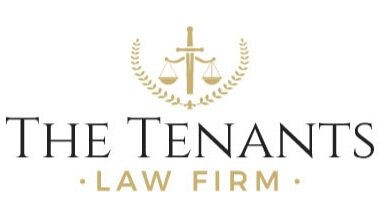What are a Landlord’s Responsibilities When Mold is Found in Rental Units?
Mold is commonly found in buildings, especially around damp areas with moisture. Thus, bathrooms, roofs, pipes, carpets, windows, and other visible and non-visible areas in a rental unit may be susceptible to mold, and some other causes of mold are flooding, leaking pipes or roofs, and overflows. Landlords and tenants can often identify mold by its odor, visual appearance, and visible water damage. As mold poses significant health risks, such as allergic symptoms, asthma, and other respiratory complications, it should be resolved as soon as possible upon identification.
What are a landlord’s responsibilities when mold is found on their property?
According to the California Civil Code Section 1941, landlords are required by law to ensure habitable living conditions for their tenants. When landlords identify mold prior to leasing, they must provide a written mold disclosure statement that must be signed by both the landlord and tenant prior to signing the leasing agreement in compliance with the Toxic Mold Protection Act of 2001 under the California Health and Safety Code. It is important to remember that a verbal warning is insufficient as excessive amounts of mold may result in serious health complications. The California State Health Department strongly suggests that landlords remedy the mold and its causes immediately, whether from leakage or other moisture issues, to prevent further growth and health risks. If the mold in a rental unit had been previously resolved prior to a tenant’s signing, then the landlord is not required by law to provide a written disclosure to a future tenant.
If tenants identify mold in their rental units, they should contact the landlord immediately with a written statement to resolve the issue. The landlord is required to rectify the issue and its cause within 30 days of receiving the notice. Importantly, the landlord must not only remove the visible pieces of mold but also fix the cause to prevent growth in the future, and this may require fixing the carpets, floors, and even walls.
To best prevent mold from growing past the permissible amount and causing damage, landlords are suggested to have regular inspections and testing.
What is a tenant’s responsibility when mold is found?
Tenants residing in rental properties have obligations to keep the unit clean and notify the landlord when a mold problem is identified. However, tenants are not legally responsible for resolving the mold issue themselves. If the landlord does not resolve the mold problem within 30 days since the written notification was received, the tenant may seek outside legal assistance and enforcement.
Seeking legal assistance for mold in rental properties
Mold is a common issue that plagues both tenants and landlords, so seeking legal assistance from professionals is the best way to ensure any disputes are swiftly resolved. Tenants Law Firm is here to help. If you are in need of legal assistance, contact us by calling (310) 432 - 3200 or by using this contact form.
